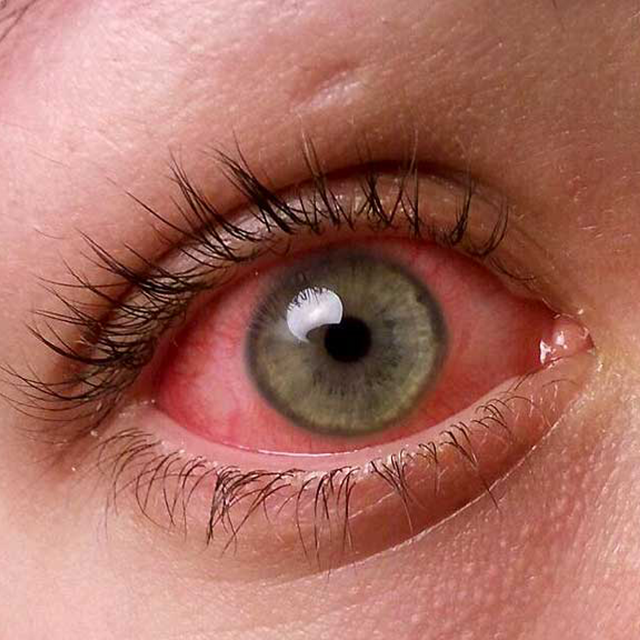Patient Education
Conjunctivitis

Conjunctivitis - "Pink Eye"
Simply put, conjunctivitis or "pink eye" is an inflammation of the conjunctiva (mucous membrane that covers the white of the eye and inner eyelids). Pink eye occurs frequently in children and is most often caused by bacteria or viruses; in younger children the cause is usually bacterial, and in older children the cause is usually allergies. The bacterial and viral forms are very contagious, whereas allergic conjunctivitis remains noninfectious.
There are various classifications of conjunctivitis, which include:
- Allergic
- Bacterial
- Viral
Caused by hypersensitivity to foreign substances. Characterized by discharge, itching, irritation, swelling, tearing, redness, and light sensitivity. Commonly caused by dust, dander, or pollens, and can therefore be seasonal.
Presents with similar findings as viral conjunctivitis, but with the bacterial form usually exhibiting a yellowish or greenish mucous discharge from around the eyes. This discharge commonly accumulates during sleep, resulting in the eyes being "stuck shut" upon awakening. Bacterial conjunctiitis is usually caused by the various normal skin bacteria, but can also be caused by very serious bacterial infections (e.g. chlamydia).
Usually caused by Adenovirus, and represents the classic "pink eye". This type of conjunctivitis is very contagious. Symptoms include swollen and inflamed eyelids, watery discharge, swollen lymph nodes, and general cold-like symptoms. Other causes include herpes simplex virus and Epstein-Barr virus.